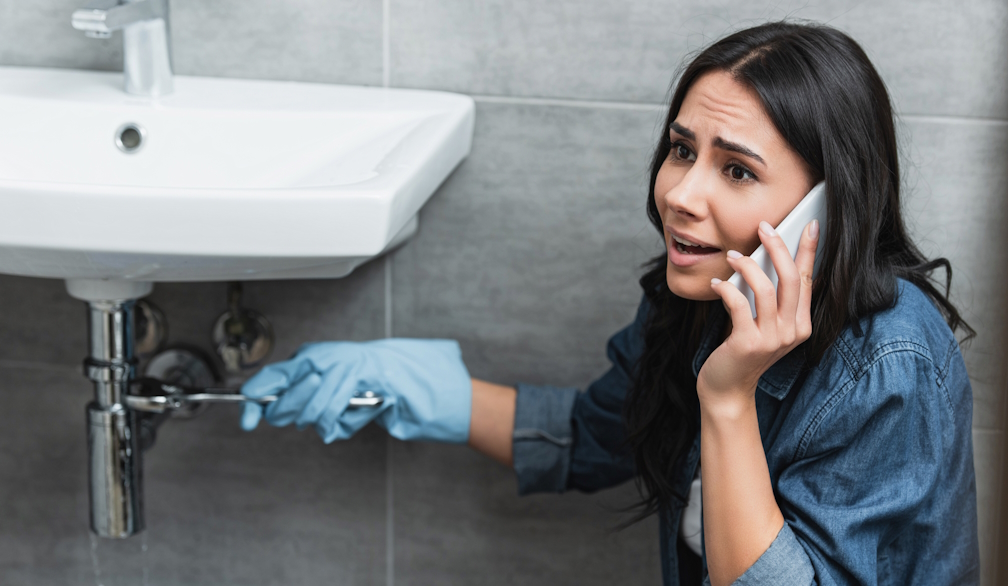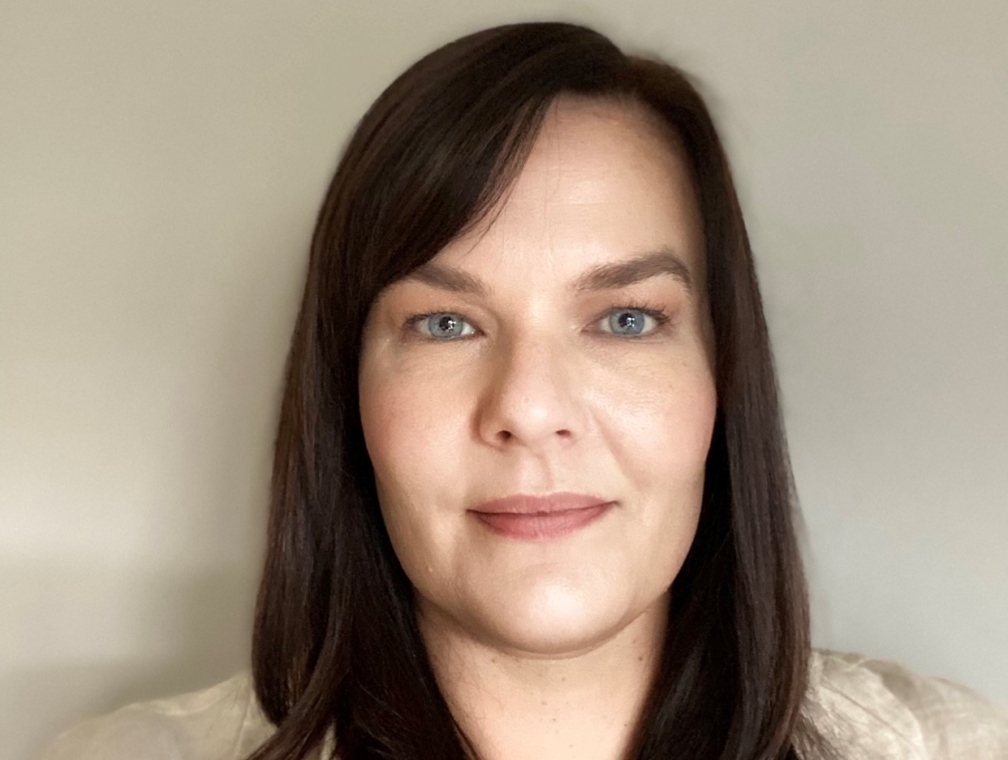
Australians are unaware this nation could become the first country in the world to eliminate cervical cancer, a new consumer poll says.
The poll, released by the Australian Cervical Cancer Foundation to launch National Cervical Cancer Awareness Week, says four out of five Aussies are unaware of this potential milestone.
The trailblazing efforts of Australia in cervical cancer prevention over the last 20 years have led the world, with our successes bringing us to the critical point where we could be first country to eliminate a cancer. Yet despite our significant strides in scientific and public health innovation and considerable Government investment in national prevention programs, it appears many Australians remain unclear how they can help make cervical cancer history. Only half of Australians surveyed believed they can play a role.
Cervical cancer is almost always caused by the human papillomavirus (HPV), a common, sexually transmitted infection. It is possible to prevent up to 93% of potentially harmful HPV infections with vaccination. However 43% of Australians surveyed did not believe vaccination could prevent the life-threatening cancer.
Australian scientist Professor Ian Frazer co-invented the HPV vaccine that is now used globally to prevent cervical cancer. In 2007, Australia became the first country to launch a national funded schools-based HPV vaccination program. Since vaccination was introduced, HPV infections and pre-cancers have plummeted.
Australia’s National Cervical Screening Program, which is used to identify persistent HPV infections early before they become cervical cancer, has been in place since 1991. Since it was introduced, the program has halved the number of new cervical cancer diagnoses and the number deaths from cervical cancer, but 32% of Australians surveyed did not identify screening as a prevention strategy.
Reflecting on the findings of the consumer poll, Australian Cervical Cancer Foundation CEO Vicky Darling said: “These results are concerning and suggest despite our best efforts there may be a major gap in Australians’ understanding of the main cause of cervical cancer and how to prevent it.
“We know our world-leading cervical cancer prevention programs work, but we can’t afford to become complacent and lose the focus or the momentum we have created. We have the tools we need to eliminate cervical cancer readily accessible, but we need to continue with our national prevention programs and invest in public education to ensure we all understand the role we can play to help make cervical cancer history and that importantly, no one is left behind,” said Ms Darling.
“This National Cervical Cancer Awareness Week, the Australian Cervical Cancer Foundation is calling on all Australians to help make cervical cancer history.
“Women and people with a cervix: Make sure you’re enrolled in the National Cervical Screening Program and screen every five years - either through self-collection or collection by a healthcare professional. If you have symptoms such as abnormal bleeding, unusual discharge, pain during intercourse make sure to speak to a health professional.
“Parents of young people aged 12 – 19 years: Make sure all your children get their full course of HPV vaccination at school or see your GP, or other accredited vaccination provider, for any missed HPV vaccinations.
“Policymakers, organisations and individuals who share our vision to make cervical cancer history. Help us find the funding for the social research, education and awareness needed to ensure Australians understand the power they have to help make cervical cancer history.
Ged Kearney Assistant Minister for Health and Aged Care said: “Australian women and people with a cervix deserve a future free from cervical cancer. With elimination within reach, we can all take positive action to keep us on track to achieving this important goal. Australia has delivered many firsts when it has come to cervical cancer prevention through vaccination and screening. The ultimate ‘first’ is now within our reach. We need everyone to play a role."
Photo: Antonino Visalli/Unsplash










